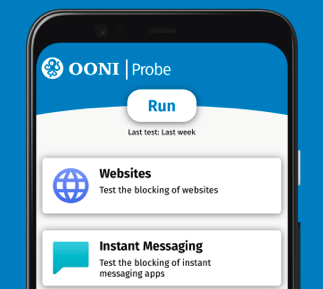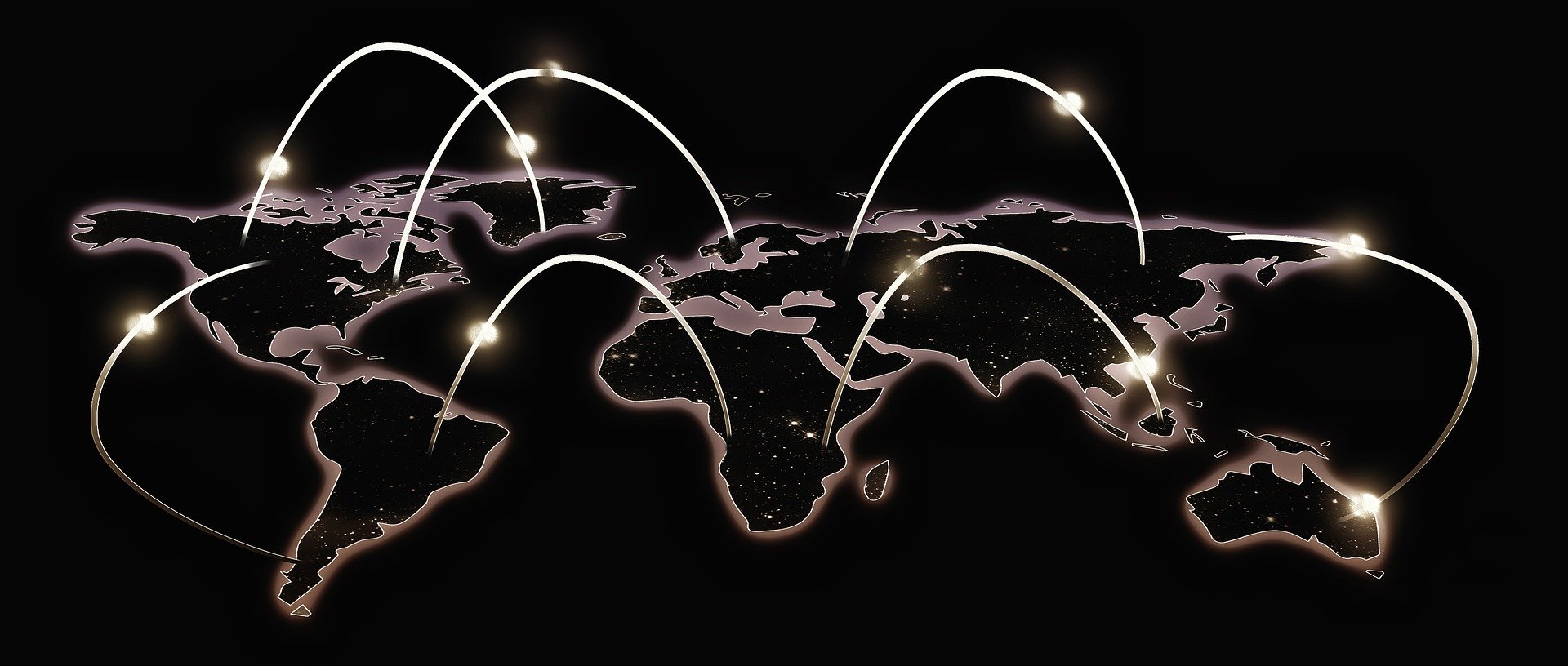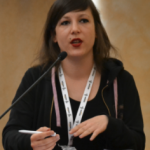With Internet shutdowns, disruptions and censorship events on the increase around the world, tracking where such events are happening and gathering evidence to help in the fight against them is becoming more and more important.
Tracking these events is crucial because of the impact they have on society and the economy. When social media apps are blocked, for example, freedom of speech, access to information, and movement-building is hampered. When access to the Internet is shut down completely, people may not have access to vital services or be able to work and study.
Both the blocking of Internet services and Internet shutdowns often occur in correlation with political events, such as elections or protests. We have seen this multiple times around the world over the last years. For example, major social media services were recently blocked in Zambia amid its 2021 general election.
When challenging those responsible, evidence is necessary. And that’s where Internet measurement plays an important role.
Collaborative Community
Internet measurements provide insight into what is happening on a network. This can be useful for gathering data that can potentially serve as evidence of Internet censorship and disruption. However, confirming these events can be tricky, particularly since there are many reasons why an Internet service may appear to be blocked by an Internet Service Provider (ISP), but not be.
False positives are common in the field of network measurement, so it’s always necessary to examine the raw network measurement data as well as to cross-reference multiple different relevant datasets in order to examine whether they all show the same signals of censorship.
Therefore, it’s really important for Internet measurement projects to provide open data and to collaborate with each other. Without this collaboration, it’s like having only one piece of a huge puzzle. To investigate and really understand Internet censorship events, multiple datasets and perspectives are necessary. This is why we’re excited to collaborate with the Internet Society on the Pulse platform on its Internet Shutdowns focus area.
Data in Context
While empirical network measurement data is important as it can show evidence of Internet censorship, it is often not enough for us to be able to confirm that a censorship event is in progress, nor understand the context surrounding that event.
OONI data provides evidence of Internet censorship around the world and offers rich network measurement data on the blocking of websites, instant messaging apps (WhatsApp, Telegram, Facebook Messenger, Signal), and circumvention tools (Tor, Psiphon, RiseupVPN). It also provides data on network speed and video-streaming performance.
This data is collected by a large network of volunteers who run OONI software – called OONI Probe – on their local networks, contributing test results (“measurements“) which are openly published in near real-time. As OONI Probe tests are run on local networks, we are able to capture (through the measurements) what Internet censorship looks like from the user’s local vantage point.

Largest Open Dataset on Internet Censorship
Since 2012, OONI Probe users have contributed more than 466 million measurements from 22,900 networks in 240 countries and territories. As new measurements from around the world are openly published every minute, OONI data is likely the largest open dataset on Internet censorship to date. It is also the only open dataset of this scale based on censorship measurements contributed by volunteers. Given that OONI data spans nine years, it is possible to perform longitudinal studies to examine how censorship changes in each country over time (often in correlation with political events).
Providing Local Context and Insight
Every dataset has limitations but, more importantly, it is also necessary to have insight into what people are experiencing on the ground. This is why the OONI Partnership Program was formed in 2016 with the goal of collaborating with local digital rights organizations around the world who can help corroborate what we’re seeing in OONI data.
OONI partners share relevant context about their Internet experience, and information about which websites should be tested for censorship . These partners have helped make network measurement data actionable by using it as part of their research and advocacy efforts, and in some cases, in court cases too.
The Importance of Tracking Internet Disruptions
Often there is limited (if any) transparency into which websites and apps are blocked in a certain country, how that varies across Internet Service Providers (ISPs), and why specific services are blocked. We’re often in the dark in the sense that we need to trust that Internet censorship and blocking will be limited to what a specific government deems to be unlawful categories of websites, and that ISPs won’t block other websites as well. Instead of having to blindly trust governments and ISPs, OONI Probe users can measure networks, check which services are blocked in their county, and use the data collected to hold those in power to account.
Openness and Transparency is Key
Without making raw data available to everyone and offering methodological transparency, Internet measurements are no different to an anecdotal report.
False positives are common in network measurement, particularly since there are many reasons why an Internet service might look like it’s blocked, but not be. For example, false positives can occur due to transient network failures, unreliable servers, DNS resolution, and the geographical distribution of content by websites. Sometimes a website may be inaccessible because the website owner is blocking IP addresses from a specific country (server-side blocking), rather than the user’s ISP blocking access.
To rule out false positives, it is necessary for everyone to be able to read the detailed methodology of how measurements are performed and evaluate the limitations. It is also necessary to be able to access the raw data and evaluate it based on its measurement methodology to be able to determine whether a signal of censorship is a false positive or not. Going further, it is often necessary to examine a large volume of relevant open data (examining the data in aggregate), and to compare it against other, relevant open datasets.
It is precisely the openness and methodological transparency of data that can make it serve as evidence when bringing the powerful to account.
Further, OONI relies on volunteers to gather network measurements via OONI Probe, and this can potentially be risky, particularly in high-risk environments. OONI therefore has an ethical obligation to inform users of what tests they would be performing by providing full methodological transparency and to acquire their informed consent.
The Open Observatory of Network Interference is a Pulse data partner and provides measurement data relating to Internet censorship.


